Hair removal with an epilator
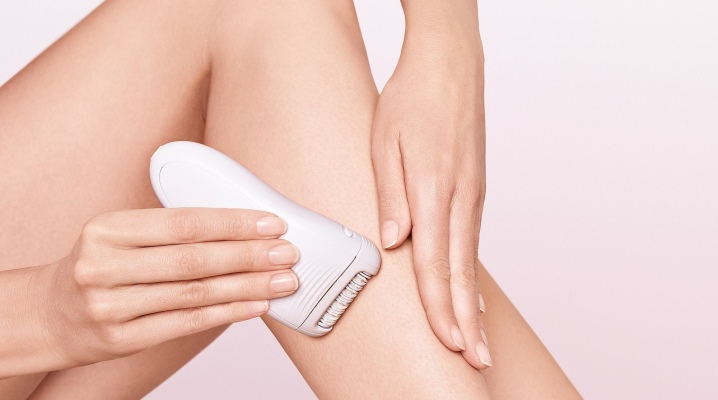
The epilator is a small machine for removing hairs from the root from various parts of the body - arms, legs, armpits, bikini area, abdomen. Today we will talk about hair removal with an epilator at home and reveal the secrets of how to do it correctly.
Advantages and disadvantages
Depilation is the removal of hair from the surface of the skin, for example, with a razor or a special cream. Do not confuse it with epilation - the procedure for removing hairs along with the bulb. Epilation is distinguished by a long “smooth” effect and a gradual thinning of the hair and changes in its structure as a whole, so it is chosen as the main opponent against “extra” hair on the face and body. Let's break down the pros and cons of home hair removal with an epilator:
- Long-lasting effect of "smooth legs". After removing hairs with an epilator, the smoothness of the skin (and not only on the legs) lasts up to 10-14 days.
- Growth of new fine hairs - another advantage of the device. Removing hair from the root changes its structure - it becomes thin, soft and loses its shade.
- Profitability. Buying an epilator allows you not to think about purchasing razors and replacement cassettes, blades, shaving foam and after lotions.
- Huge selection of models allows you to choose the epilator of your dreams: mechanical or photo, with light or cooling attachment, with the option of water or dry epilation.
- You don't have to shave every day - It is enough to use the epilator "on demand", which usually occurs every two weeks.

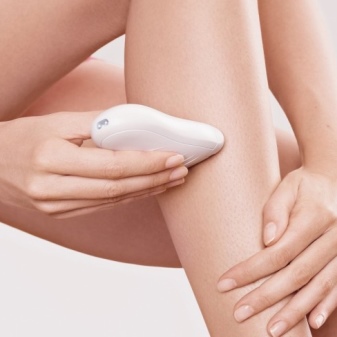
The disadvantages of such a device lie in:
- High cost. Good epilators are expensive, and the purchase does not always live up to its expectations: sometimes it seems painful / long / no time to remove hairs, and so on, as a result, the unit is postponed to the farthest shelf for an indefinite period.
- The duration of the procedure. To work out the legs with high quality, it will take about 30-60 minutes, add to this the armpits, bikini area and arms, and also preparation, care - you will have to spend half a day for sure.
- Soreness. The first few times, shaving with an epilator feels like hell, especially if you've abused the razor before and managed to grow thick hairs.
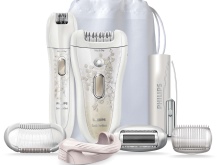
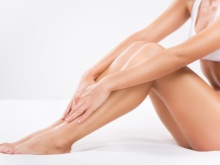
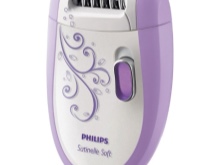
- Short term effect. Usually epilation is enough for 2 weeks of perfectly smooth skin, but not always and not for everyone. Incorrect hair removal technique, haste, insufficient care, a bad epilator, or all together leads to the fact that the hairs are already hatching 2 days after the home procedure, and the question involuntarily arises - why spend 2 hours of your time and a pound of nerve cells on this.
- In ingrown hairs. Almost any type of hair removal is fraught with this problem. To protect yourself from it, you need to properly prepare for the procedure and provide subsequent care - which one, we will tell a little later.
- Irritation. This is, rather, the most insignificant drawback of the epilator. After each procedure, small pimples or spots may appear on the skin - a typical irritation that will pass with timely care and will soon disappear.
- Noise.
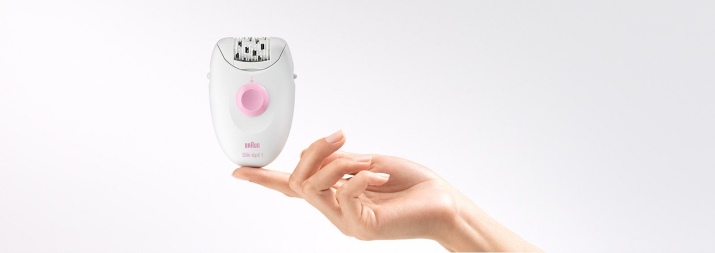
Contraindications:
- Skin integrity disorders - cuts, wounds, abrasions, scratches;
- Varicose varicose veins;
- It is not recommended to use the epilator on the face, because the skin here is very delicate, thin and sensitive. It is better to use a trimmer or wax / sugar epilation.
Types
Any epilator is a machine with a head (tweezers or disks are hidden in it). The head of modern epilators is often movable, as if it floats along the contours of our body and effectively captures the hairs.
- Disk. It has small discs arranged in pairs. Usually there are few disks in one head - about 12 pairs.
- Tweezer. The number of tweezers is usually 20 or 40. If you choose between them, you need to take an epilator with 40 plates - it is more effective and captures more hairs.
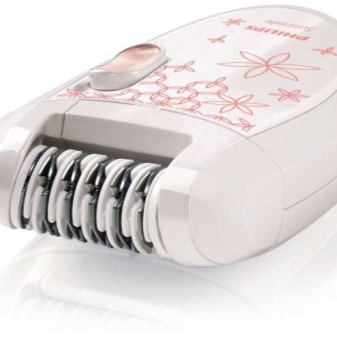

Epilators differ in the number of speeds: 1, 2 3. The best choice is 2 speeds.
There are models with backlight (a convenient thing) or without it. They differ in the type of anesthesia: some models cool the skin or blow it in parallel, others have vibration, which well distracts from the feeling of pulling out the hair.
General tips for use
You still need to know how to do hair removal correctly. Usually skills come after 5-10 procedures. Each area, whether it be legs, bikini or underarms, requires the use of a different speed of the machine, different levels of inclination and other nuances.
- The length of the hairs is 0.5-1 cm. Smaller machines simply will not capture, and removing too long ones will seem like real torture, and not all epilators will be able to grab and remove them (along with the bulb) in a quality manner.
- Clean skin is the main secret of proper hair removal at home. Let's take an example from the armpit area: the epilator simply won't capture dirty, sticky hairs, no matter how long they are. If you succeed in removing something, then particles of sweat, keratinized cells and other “garbage” will get into the open pores, which will 100% respond with inflammation.
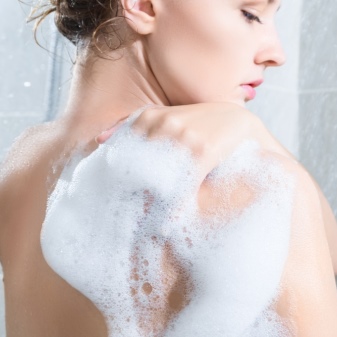
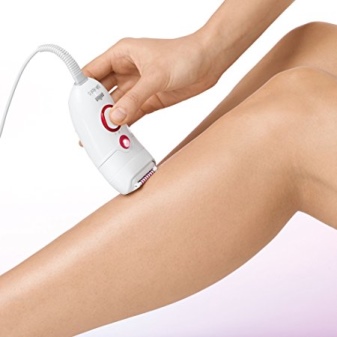
Make it a habit to cleanse your skin every time you go for a hair removal treatment at home. Take a hot shower - this will steam the skin, allow you to qualitatively remove the hairs from the root, the scrub will remove the "dead" cells, lift the hairs, so you should not exclude it - you can use it immediately before removing the hairs.
- Guide the epilator against the direction of hair growth. Then the machine will grab the hairs and pull them out by the root, the nozzle will lift them up in advance, and the blades will grab them correctly. If the epilator is held during the hair growth procedure, it will selectively remove hairs and you will have to go through the same place two or three or four times, which is also not good.
- Treat the same area no more than three times. Friction of one zone generates irritation and even violation of the integrity of the skin.
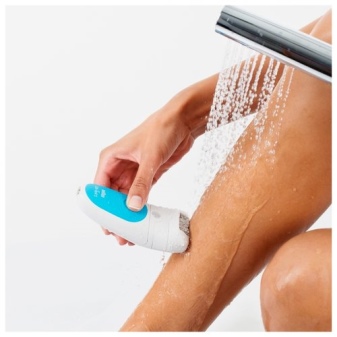
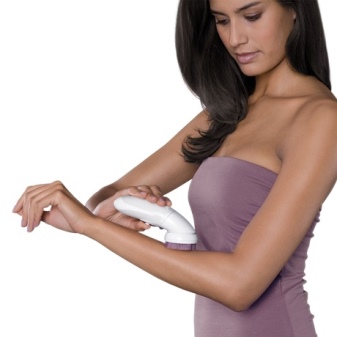
- Do not press on the epilator. But do not remove too far - there should be a "golden mean" - the distance between the blades and the skin is such that they do not cling to the dermis and capture only the hairs.
- Drive smoothly. It is as if you are guiding a razor blade along the curves of the body, regardless of the pain.
- "Play" with speed. For the first shave, choose the minimum speed, for the tenth you can use the maximum.Tender areas of the body - armpits, bikini, calves on the legs, it is also desirable to "pass" at the minimum speed, since they are most vulnerable to irritation. But if you are an experienced "user", choose a speed that is comfortable for you.
Skin preparation
The first step is to prepare the skin for epilation. It must be done every time in order to avoid irritation and make the procedure safe and of high quality, to maintain the long-term effect of its implementation.
- The ideal preparation is to shower with a scrub or light skin exfoliation. Warm water and steam will steam and open the pores for better hair removal, abrasive particles will remove dead cells and open access to the hair follicles, lift the hairs and remove dirt from the epidermis.
- Wet skin is not suitable for dry removal, therefore, if you use a classic epilator (without wet removal), the epidermis must first be dried with a towel.
- Treat the skin with any antiseptic - miramistin, hydrogen peroxide, in extreme cases, alcohol (it dries the skin).
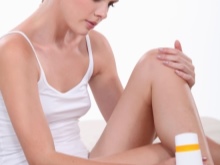

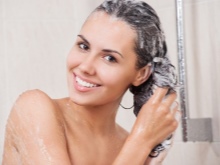
Features of processing different parts of the body
- The legs have the largest area and are often the subject of an epilator. The most sensitive areas are the knees and ankles, as the bones protrude noticeably there. The advantage is that the skin in this area quickly "gets used" to pain and the process becomes more tolerable, their relatively flat surface also allows you to work with the machine at the same pace and speed. The main feature is the duration of the procedure - from half an hour or more, since the skin area on the legs is quite large.
- Arms. If the hairs are too long, cut them with a trimmer or scissors, then the epilation will be less painful. After completing the procedure, do not wear tight-fitting clothes (jacket, blouse) and avoid a scratchy sweater, it is better to do without it altogether or choose cotton.


On the hands, irritation is noticeably stronger, so do not neglect the antiseptic and moisturizer immediately after the procedure.
- Bikini area. Not every girl decides to epilate her. The most “insensible” zone is the pubis, the most painful are the labia and the intergluteal region. Cooling compresses, anesthetic ointments and patience, willpower and the desire to be smooth for 2 weeks will help to make the procedure more enjoyable - this is how long the hairs “there” usually no longer bother.
- Armpits. To make hair removal effective, pull the skin and drive the machine over it, but do not press the head too close. When pressed hard, the blades can grab the skin and cut it, causing small wounds and blood to come out.
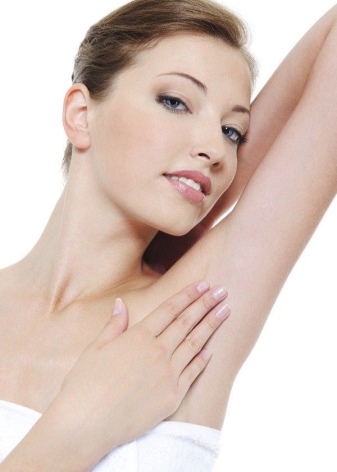
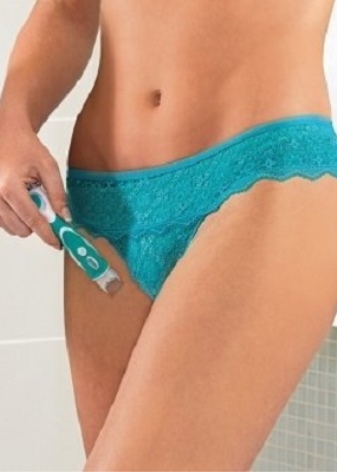
If you have damaged the skin and see blood on its surface, wipe the affected area with an antiseptic or lotion, tonic without alcohol and complete the epilation.
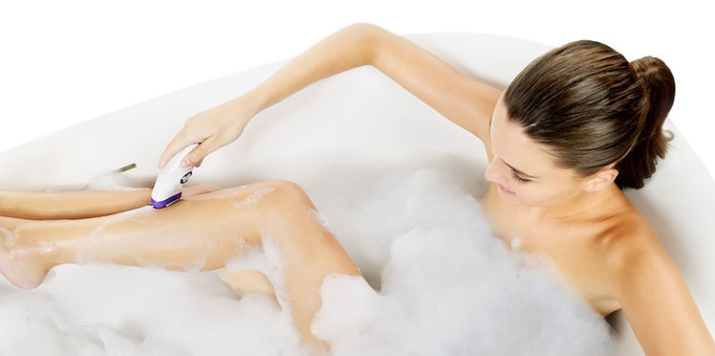
You can continue it the next day so that the wounds have time to heal, and it is not so painful to carry out the epilator. Almost every second girl is faced with damage to the skin in the armpits, especially if the procedure is performed for the first, second or third time. Delicate skin is not yet accustomed to such a serious treatment and resists, it is necessary to endure the pain and take a few days for a gradual and high-quality hair removal.
Means for pain relief
A positive attitude and breathing will help reduce pain - breathe deeply and evenly, do not hold it. If the procedure is too painful, the following will help reduce pain:
- Lidocaine solution or spray;
- patch or creamEmla»;
- Cream "Light Dap»;
- Cream "Dr. Namb».


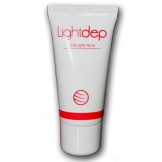
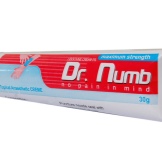
It is necessary to treat the skin 10-20 minutes before the procedure (according to the instructions) - whether this will ease the pain depends on the characteristics of the skin.
Care after the procedure
It is no less important than the preparatory stage. It includes several mandatory items:
- Treat the skin after the procedure it is necessary with an alcohol-free solution with a disinfecting effect - peroxide, miramistin, a decoction of medicinal herbs (chamomile, St. John's wort), tonic, thermal water. In this case, you should not rub the skin with a cotton pad, it is enough to gently distribute the composition over it or use a spray.
- After a couple of minutes you can remove excess liquid with a soft towel or napkin with blotting movements.
- Then apply moisturizer. Bepanten ointment or any anti-burn ointment will help soothe irritated skin (they have a light texture and are quickly absorbed into the skin, effectively restore and care for the skin).

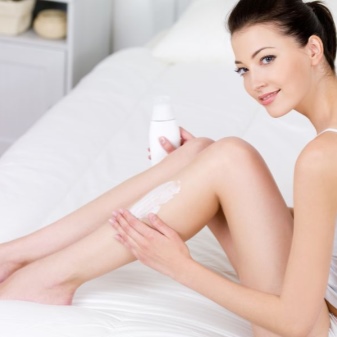
If irritation appears, you can make a soothing mask yourself - take a fresh aloe leaf, cut it lengthwise and attach it to the reddened areas of the body. You can use basic vegetable oil (usually olive) and treat the skin with it 2-3 hours after epilation - it perfectly nourishes the skin and restores the cell structure.
- To avoid ingrown hairs, use a special cream against their ingrowth. You can buy it at specialized points for cosmetologists or order online. Similar formulations will help slow down hair growth.
- 2-3 days after epilation, when the irritation completely leaves the skin and it returns to its usual rhythm of life, make a light scrub and repeat the procedure every 2-3 days - this will additionally prevent ingrown hairs.
- Skin care is essential to get rid of dryness, ingrown and the appearance of new unwanted vegetation quickly - every time after taking a shower, moisturize it with a light cream or oil.

How to avoid the problem of "ingrown hairs"?
Ingrown hair can be prevented by preparing the skin with a scrub with soft abrasive particles before the procedure and applying it after 2-3 times a week. Exfoliating particles remove dead skin cells in a timely manner, open pores and “stop” the hair if it has begun to grow in the wrong direction.
Why ingrown hairs appear: after the removal of the hair follicle, the pores tighten and thicken, new hairs cannot always “hatch” through the “wall”. Their growth continues, but they are already growing inside the skin, causing inflammation and an unpleasant pimple on the body.
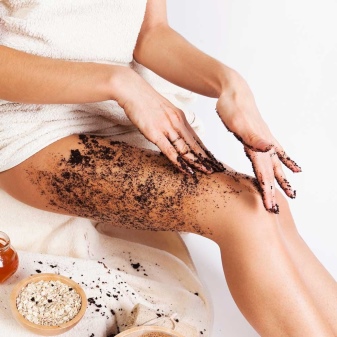
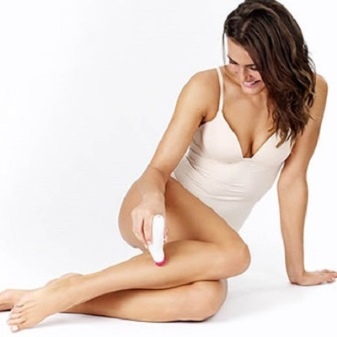
It is not worth allowing the formation of inflammation - 9 out of 10 cases of opening the focus of inflammation gives a pigment spot, which will take a long time to get rid of.
Reviews
It is better to choose a disc epilator for sensitive skin, women with a low pain threshold and thin epidermis are advised. Most of them prefer to remove hair with a “dry” method, that is, without the use of water, and cooling compresses and many years of experience using the device help to make the procedure almost painless.
Creams help relieve irritation, and special gels and scrubs help prevent ingrown hairs. Its use every other day significantly reduces the number of "lost" hairs.
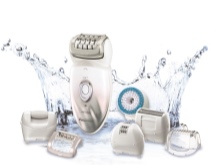


The blogger shares the secrets of hair removal with an epilator - in the video.




























